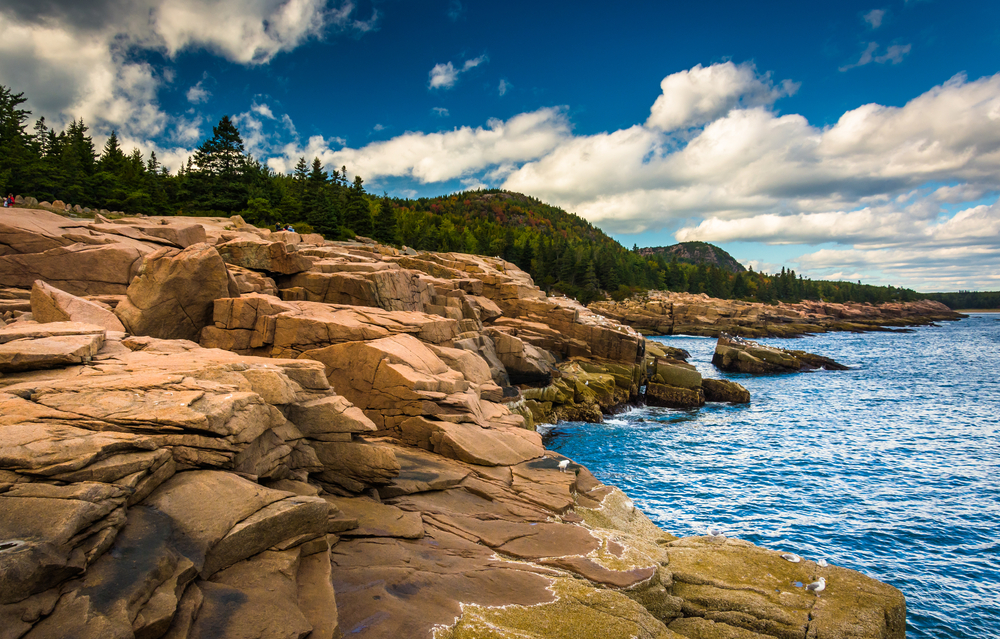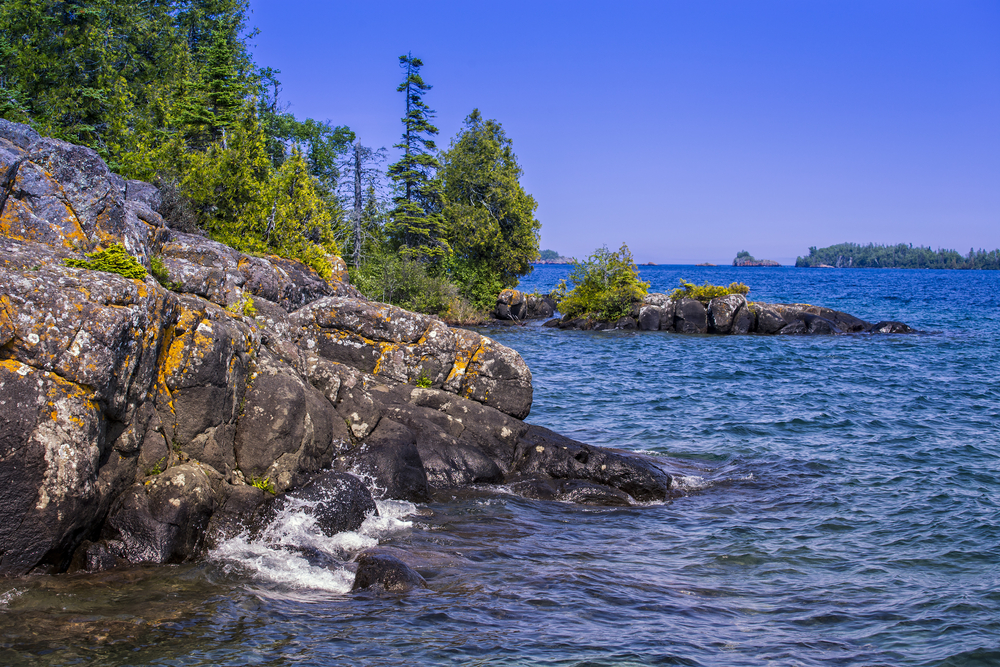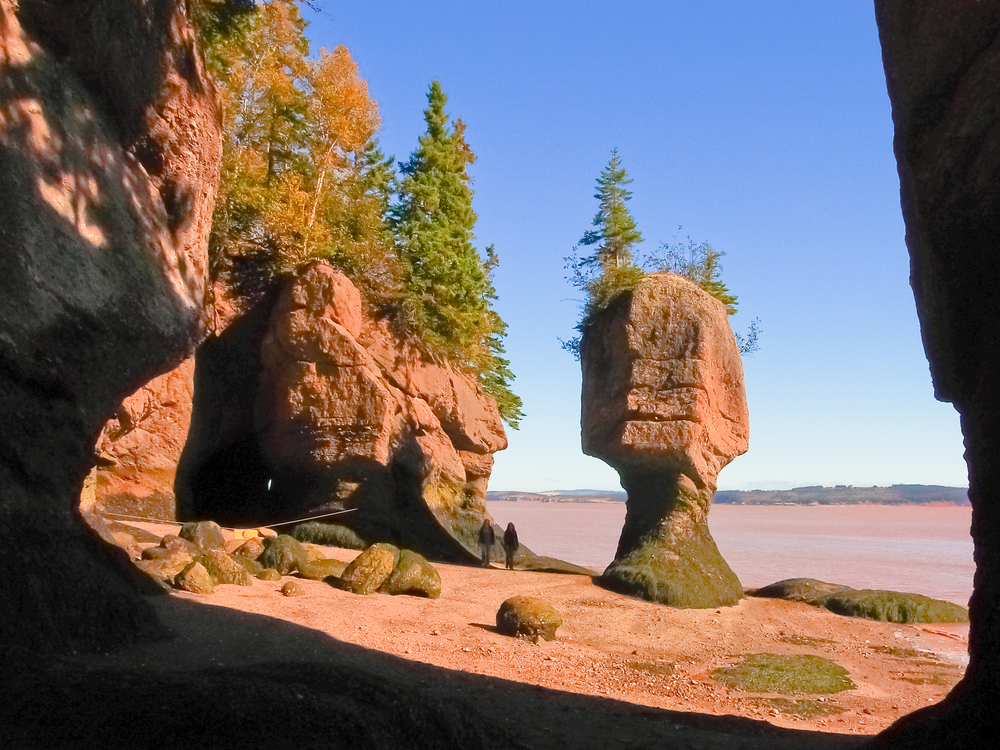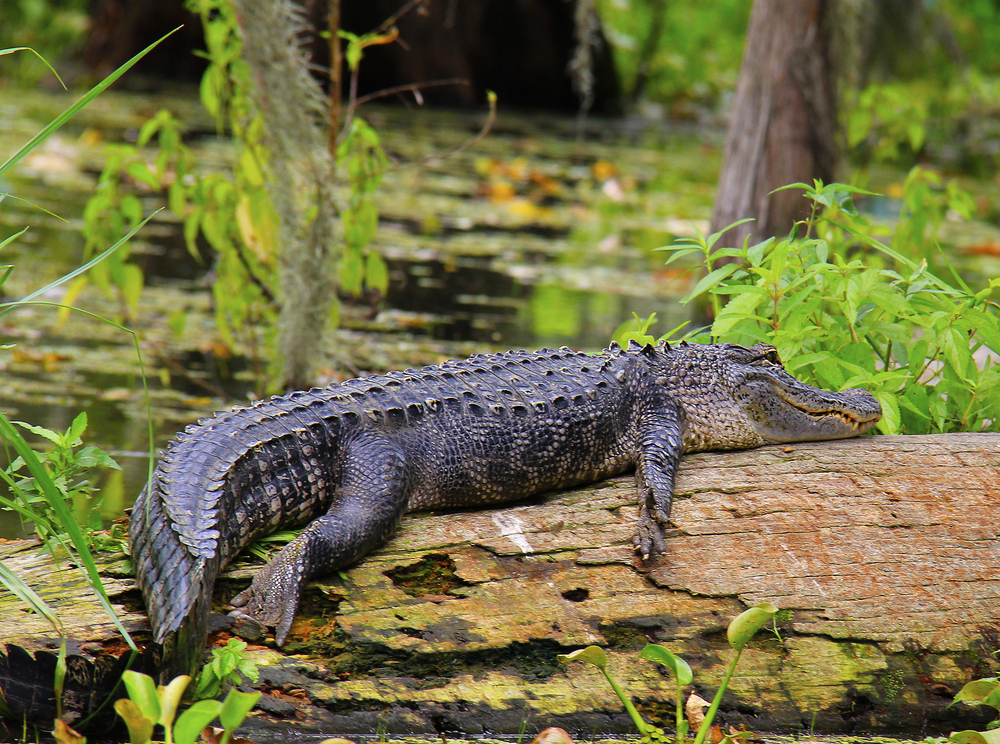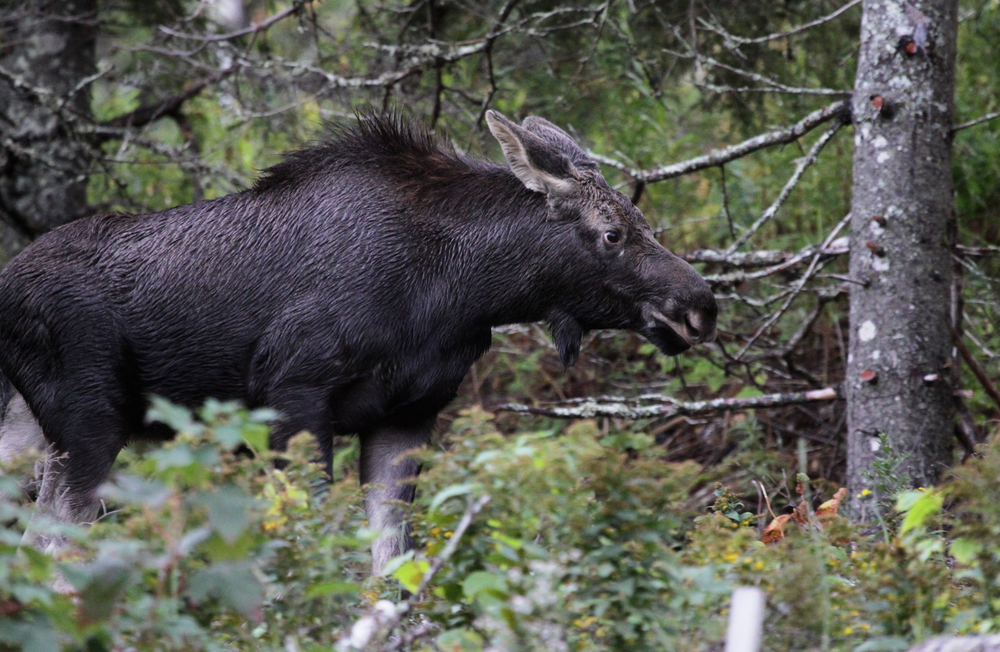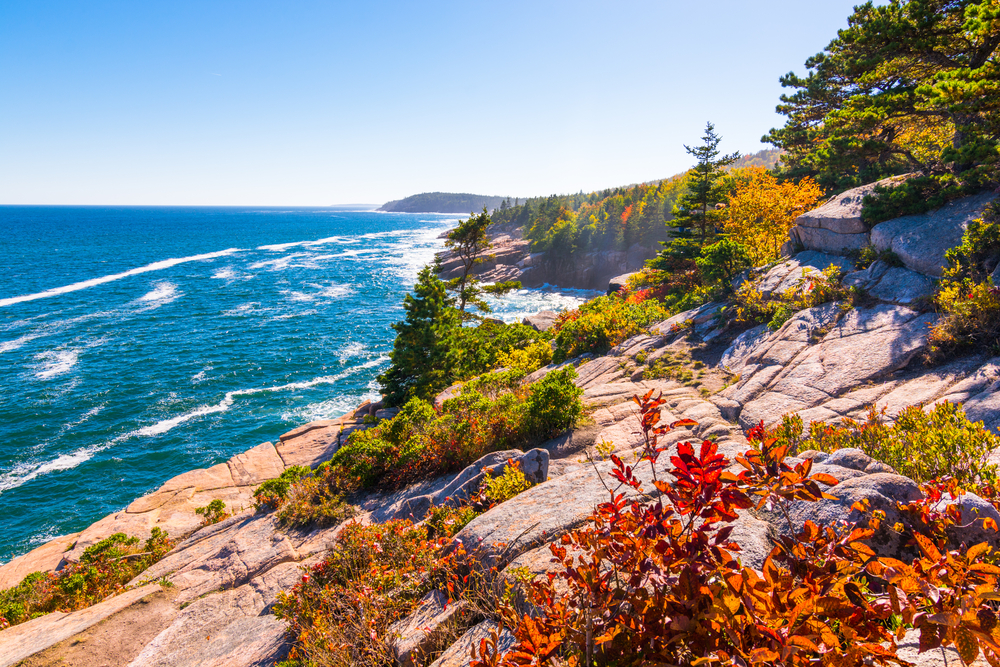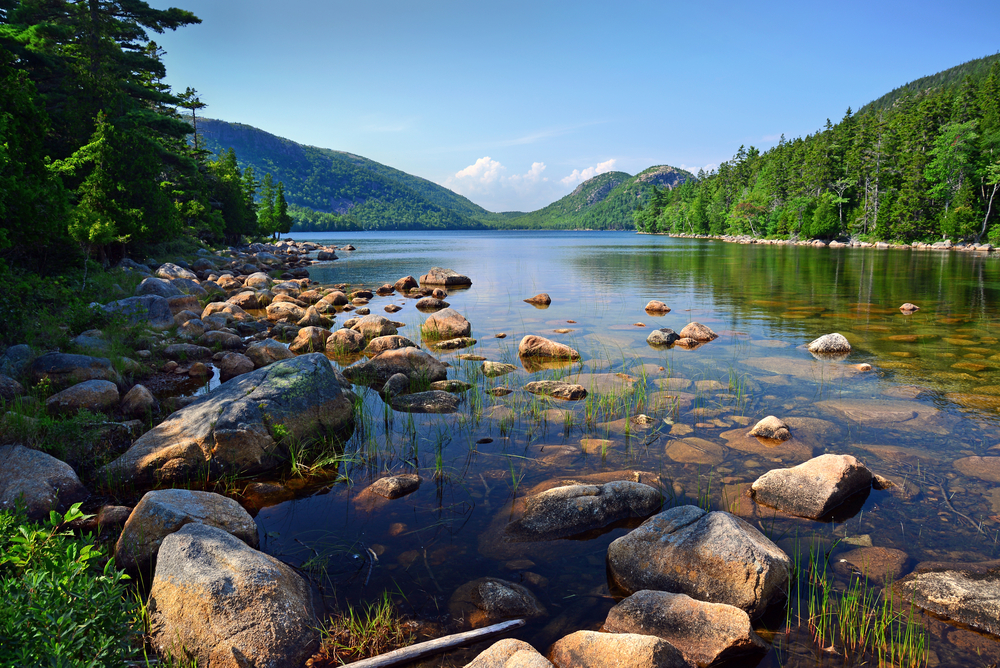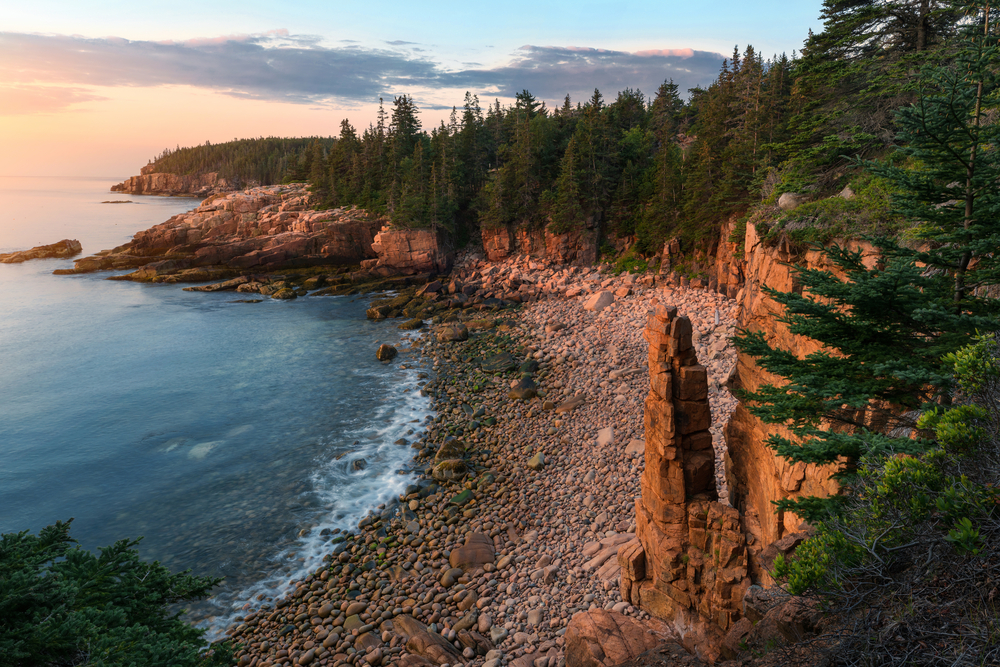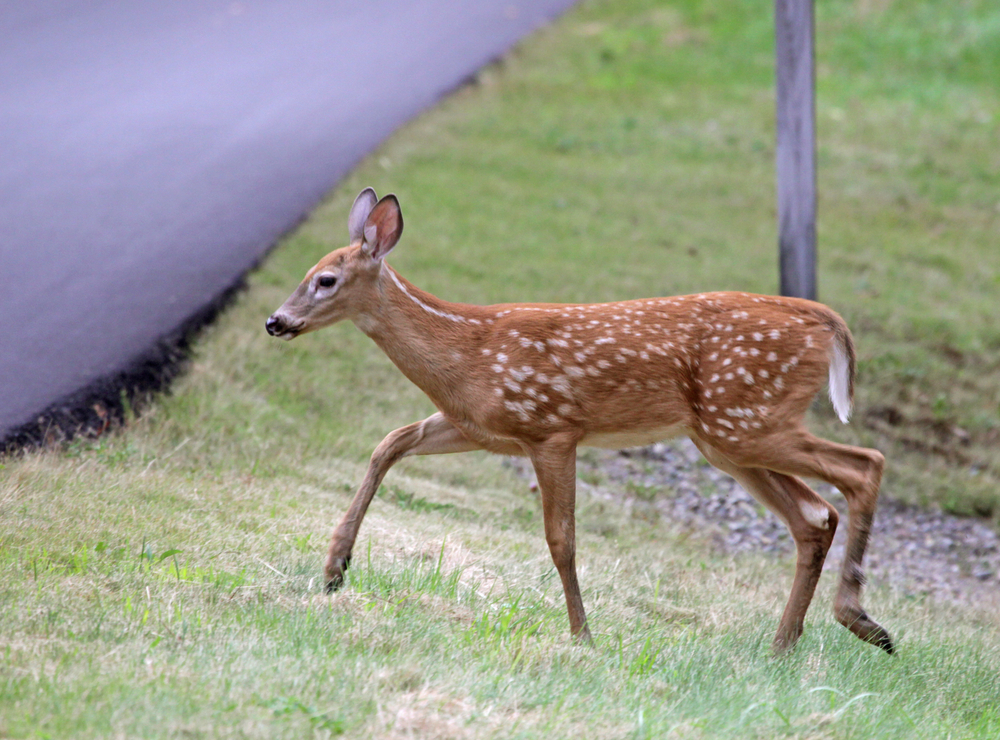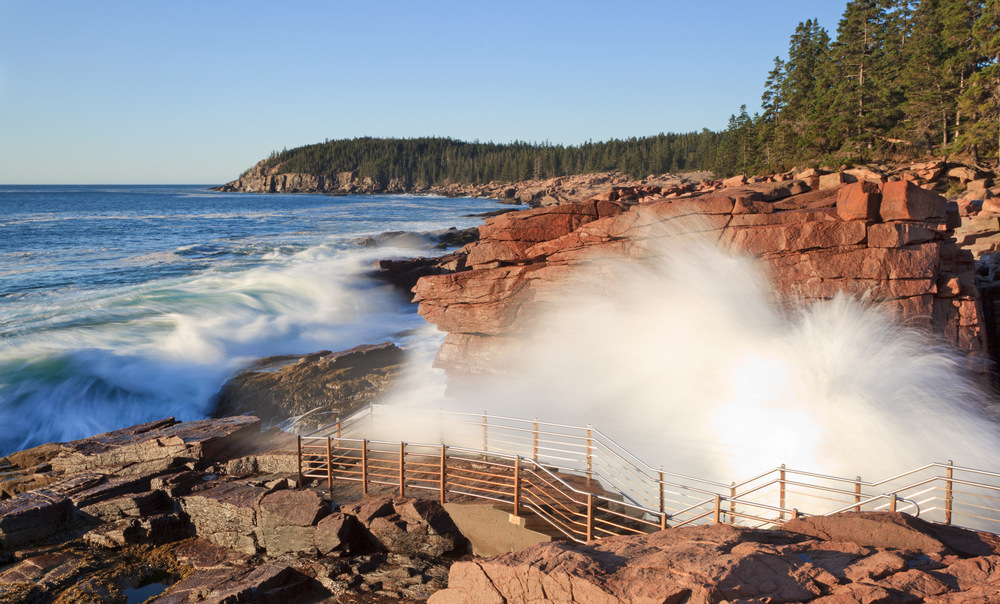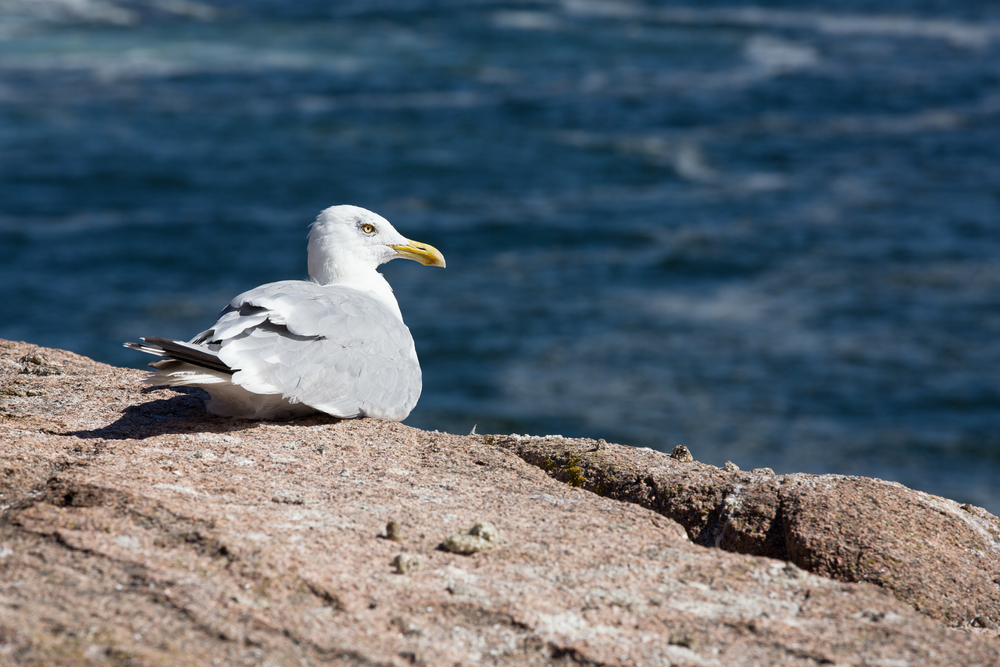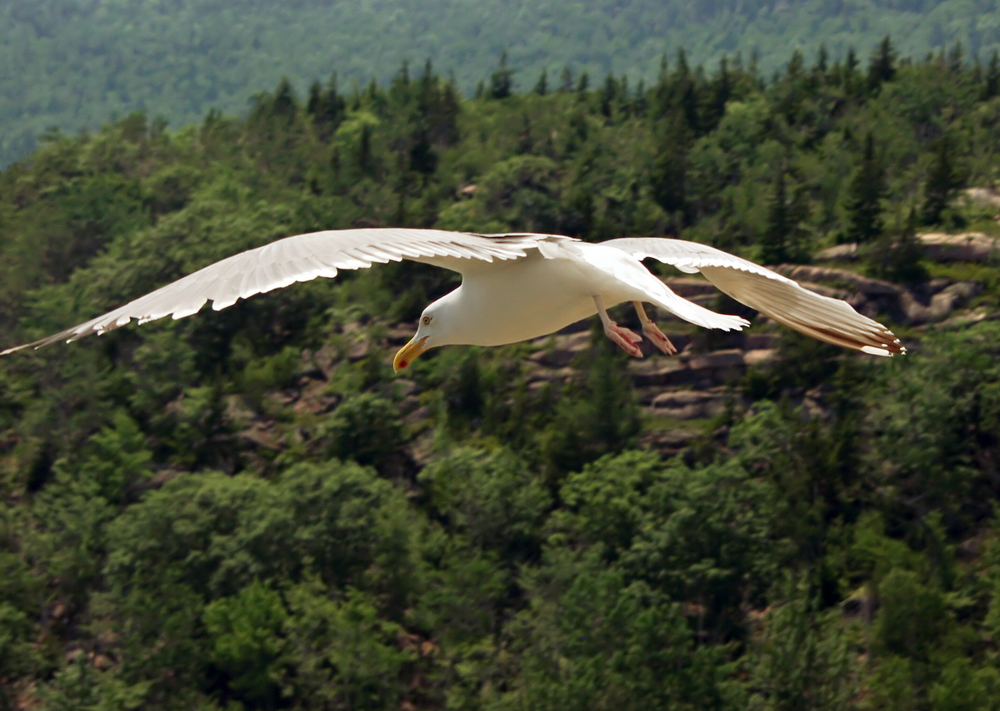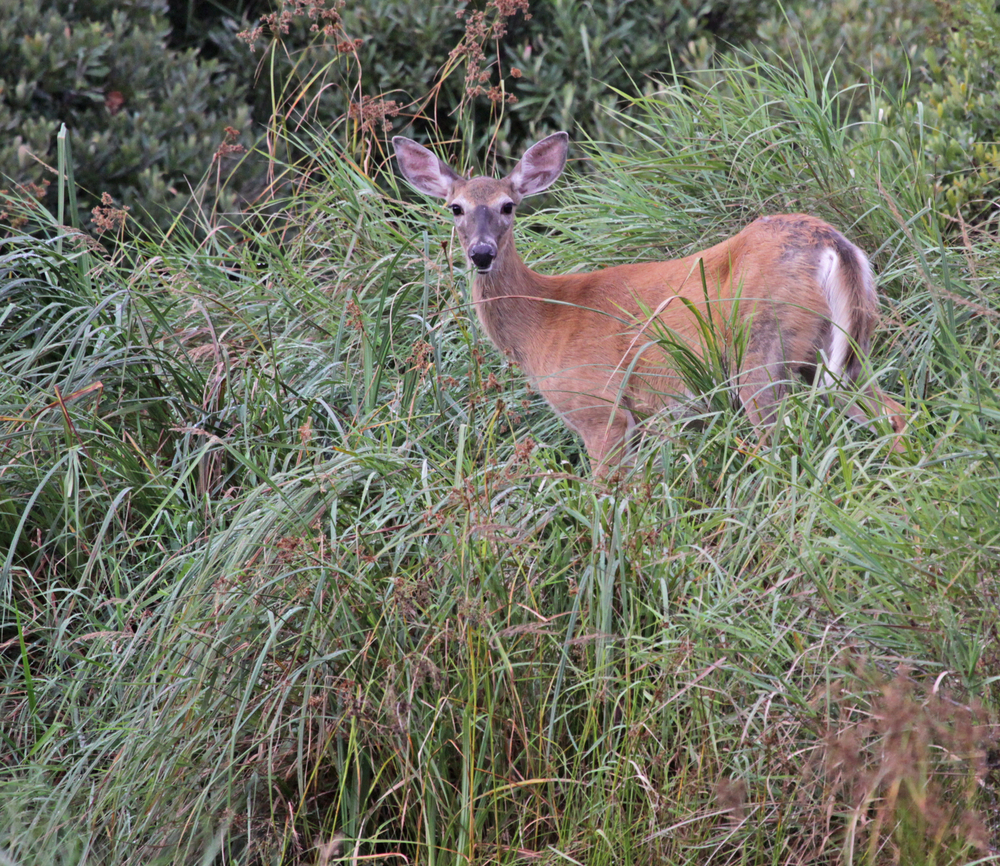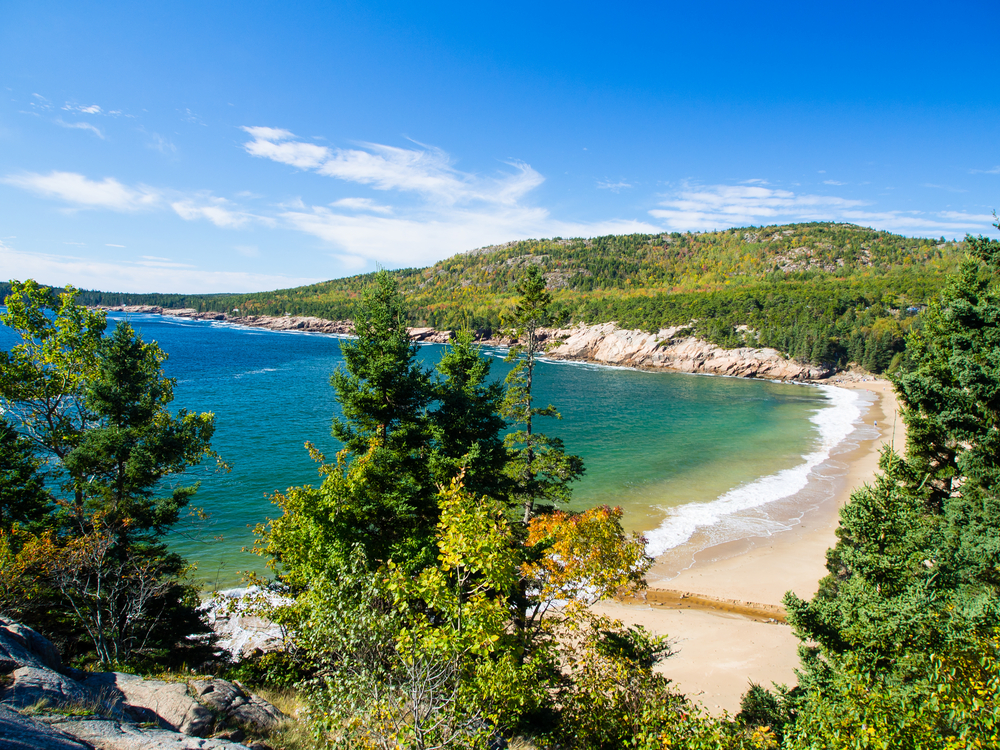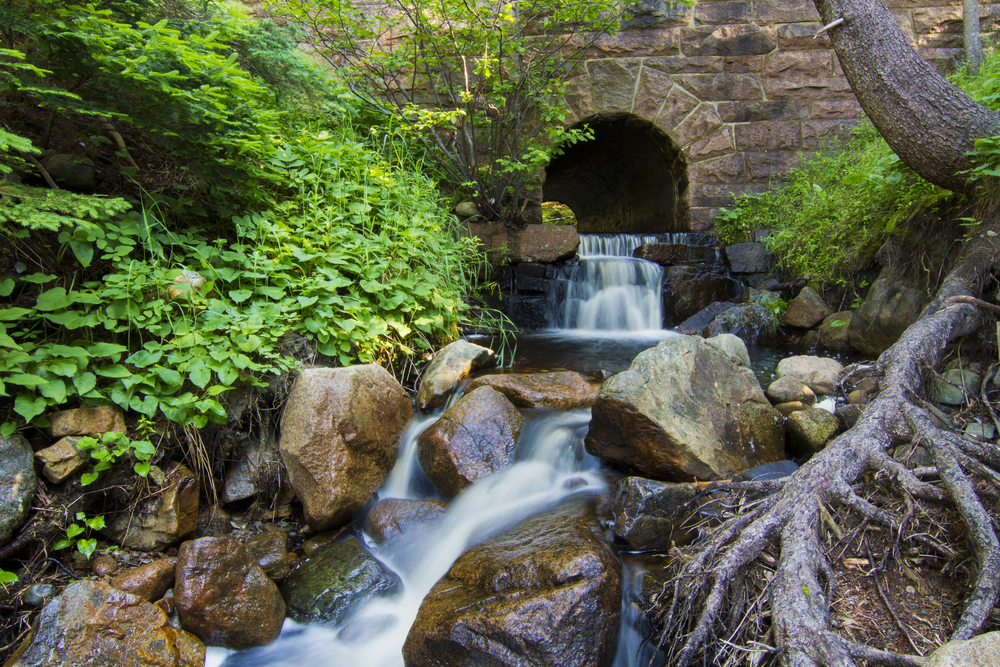Acadia Overview
Acadia National Park, located on the rugged coast of Maine, USA, is a crown jewel of the Atlantic seaboard and the first national park east of the Mississippi River. Encompassing approximately 49,075 acres (about 198 square kilometers or 76 square miles), Acadia is known for its stunning ocean vistas, forested mountains, and rocky beaches. Established in 1916, the park preserves much of Mount Desert Island, along with associated smaller islands and part of the Schoodic Peninsula, offering a diverse landscape that captivates visitors with its natural beauty.
Acadia’s landscape is a rich tapestry of habitats, from the highest peaks along the North Atlantic seaboard to the pristine waters of its lakes and ponds. Cadillac Mountain, standing at 1,530 feet (466 meters), is not only the park’s highest point but also one of its most iconic landmarks. It is renowned for being among the first places in the United States to catch the sunrise during certain times of the year.
The park’s network of hiking trails and carriage roads is a paradise for outdoor enthusiasts. With over 158 miles of hiking trails ranging from easy ocean-side strolls to strenuous mountain climbs, and 45 miles of historic carriage roads designed by philanthropist John D. Rockefeller Jr., Acadia offers myriad ways for visitors to explore its scenic beauty. The carriage roads, free of motor vehicles, are particularly beloved for walking, biking, and horse-drawn carriage rides.
Acadia National Park is also a haven for wildlife, including a variety of bird species, making it a popular spot for birdwatching. Its diverse ecosystems support a range of animals, from the dense forests inhabited by deer, moose, and black bears, to its tidal pools teeming with marine life.
With its combination of oceanic, forest, and mountain environments, Acadia National Park presents a unique outdoor experience. It embodies the rugged and serene beauty of the North Atlantic coast, inviting visitors to immerse themselves in its natural wonders and recreational opportunities, all while fostering a deep appreciation for conservation and the great outdoors.








































































